Optimal Timing for Fire Restoration
Understanding the optimal timing for fire restorations is essential for effective and efficient recovery. The best time to undertake fire restoration projects depends on various factors including weather conditions, fire seasonality, and property preparedness. Typically, fire restoration is most effective during periods of low humidity and moderate temperatures, which facilitate drying and cleaning processes.
Restoring properties after the peak fire season minimizes exposure to ongoing fire risks and allows for thorough cleaning and repairs before the next season begins.
Conducting fire restoration during the off-season can reduce costs and scheduling conflicts, providing a more flexible timeline for comprehensive cleanup.
Dry and mild weather conditions are ideal for fire restoration, helping to prevent mold growth and facilitate effective debris removal.
Early assessment after a fire enables prompt action, reducing long-term damage and restoring safety more quickly.

Initial assessment of fire-affected properties to determine scope of restoration.
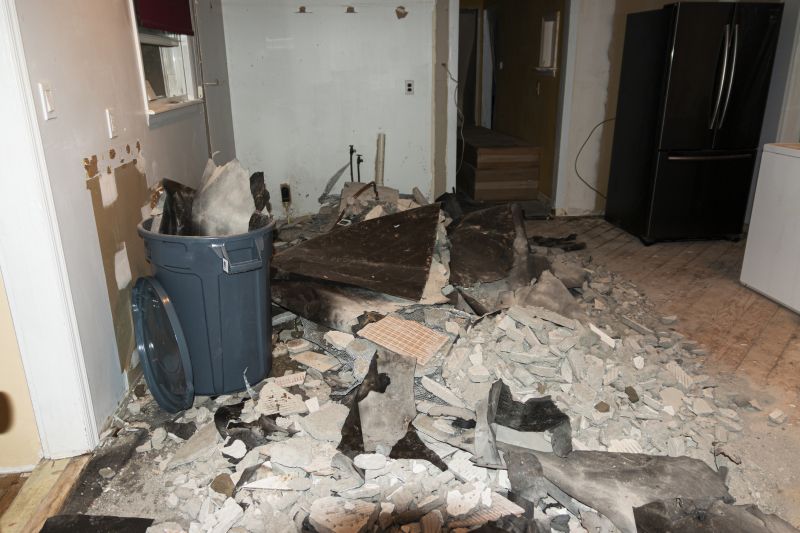
Removing debris and soot from affected areas to prepare for repairs.

Specialized tools used for fire damage cleanup and repair.
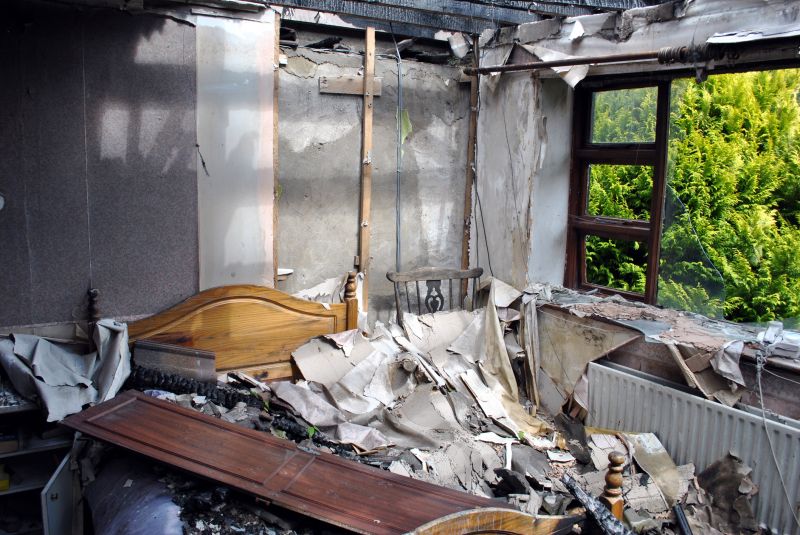
Ways to make Fire Restorations work in tight or awkward layouts.
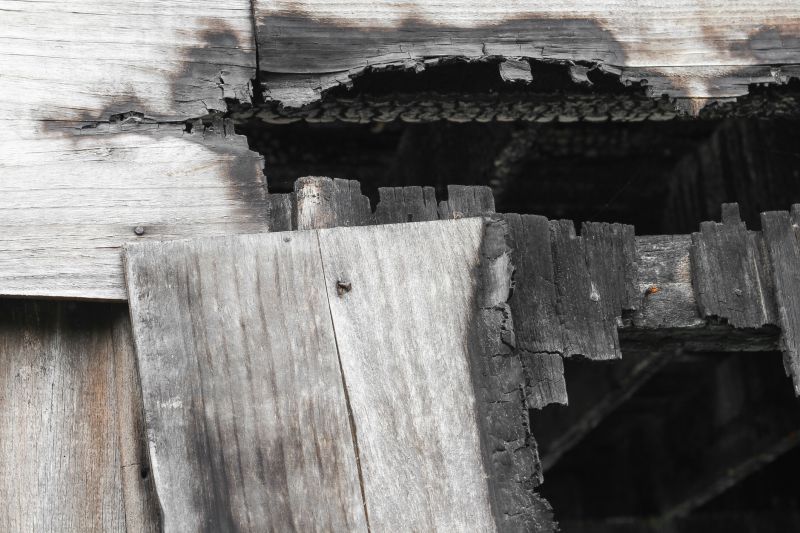
Popular materials for Fire Restorations and why they hold up over time.
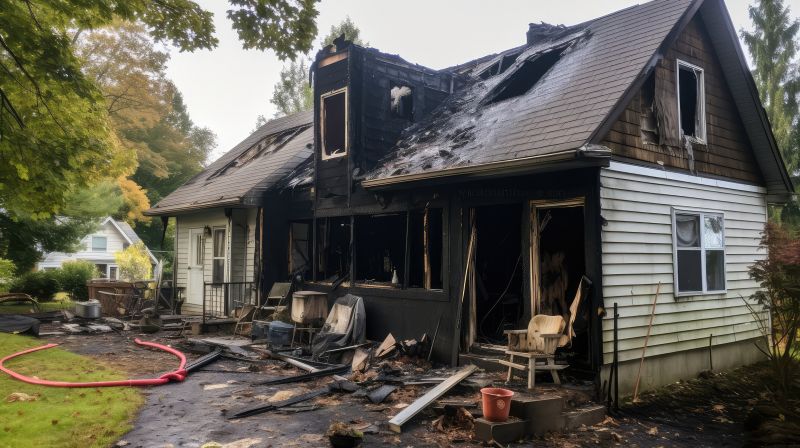
Simple add-ons that improve Fire Restorations without blowing the budget.
| Factor | Impact on Restoration Timing |
|---|---|
| Weather Conditions | Dry, mild weather facilitates cleanup and repairs. |
| Fire Seasonality | Post-peak seasons are optimal for restoration efforts. |
| Property Readiness | Early assessment reduces long-term damage. |
| Community Support | Coordination during preparedness periods enhances efficiency. |
| Resource Availability | Off-season may offer more scheduling flexibility. |

Removing soot and debris from affected areas.
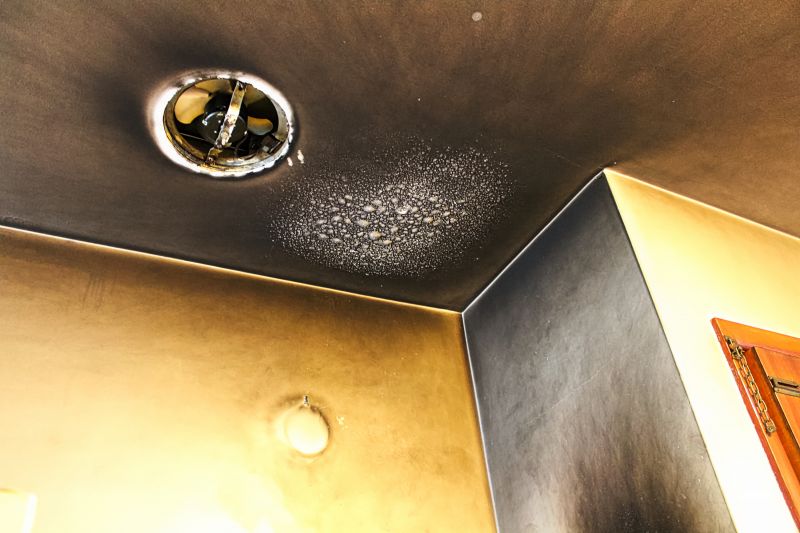
Techniques used to eliminate smoke odors from interiors.

Restoring damaged frameworks and surfaces.
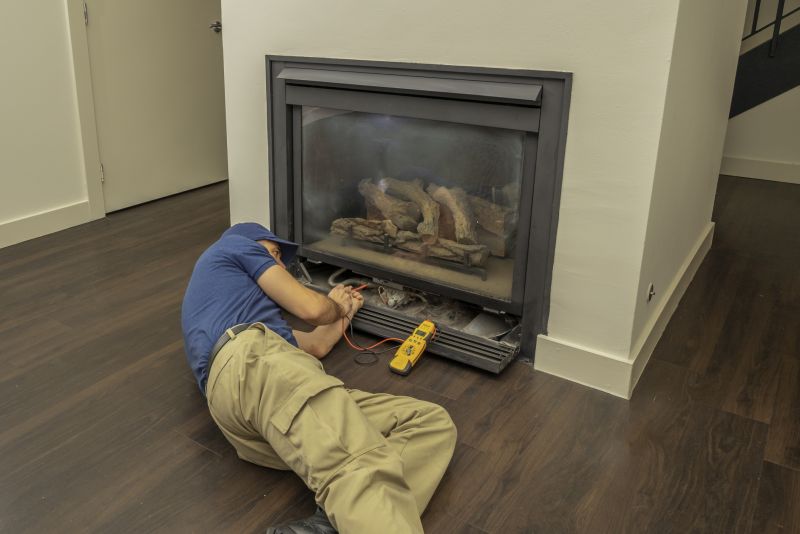
Ensuring property safety and readiness for occupancy.
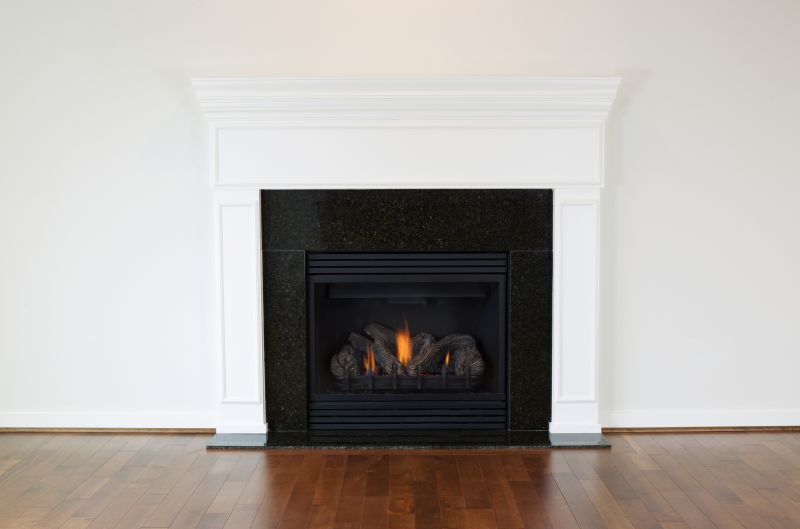
High-end options that actually feel worth it for Fire Restorations.
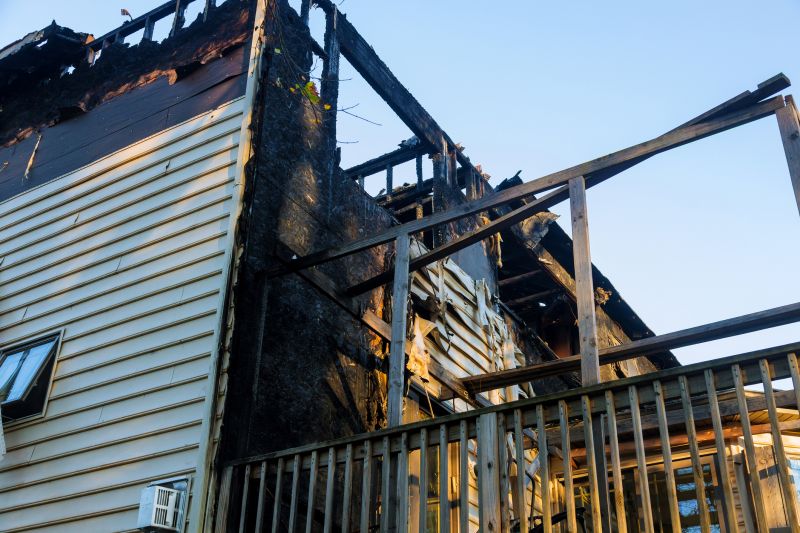
Finishes and colors that play nicely with Fire Restorations.
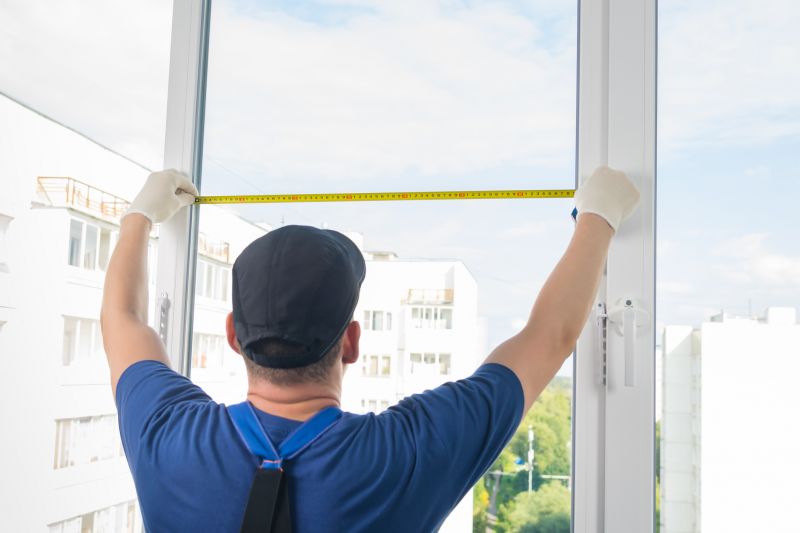
Little measurements that prevent headaches on Fire Restorations day.
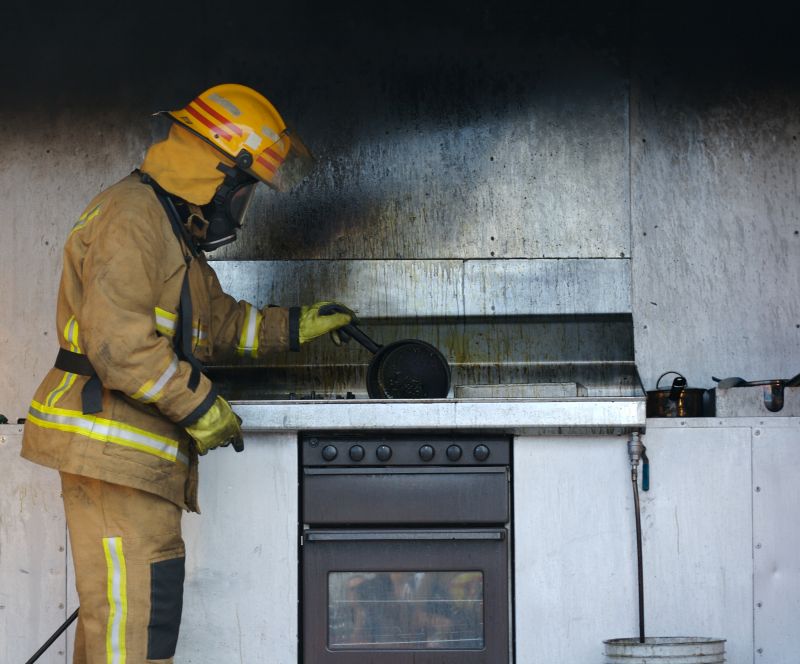
A 60-second routine that keeps Fire Restorations looking new.
Timely fire restoration can significantly reduce long-term costs and prevent secondary damages such as mold growth and structural deterioration. Planning restoration efforts during favorable weather and fire season cycles ensures a smoother process and more durable results.
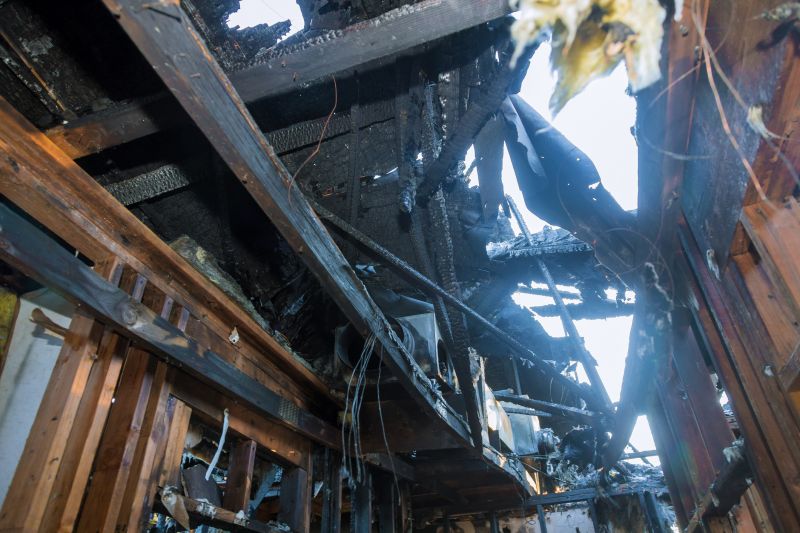
Visual comparison of affected and restored properties.
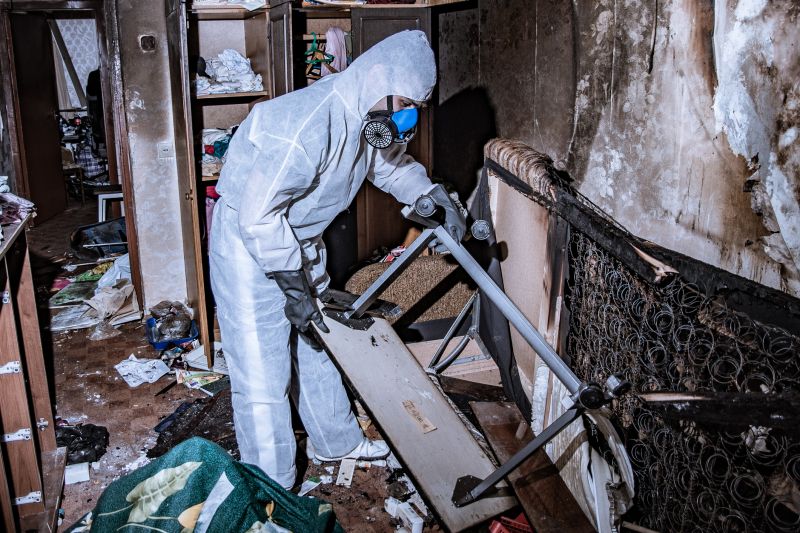
Professionals performing cleanup and repairs.
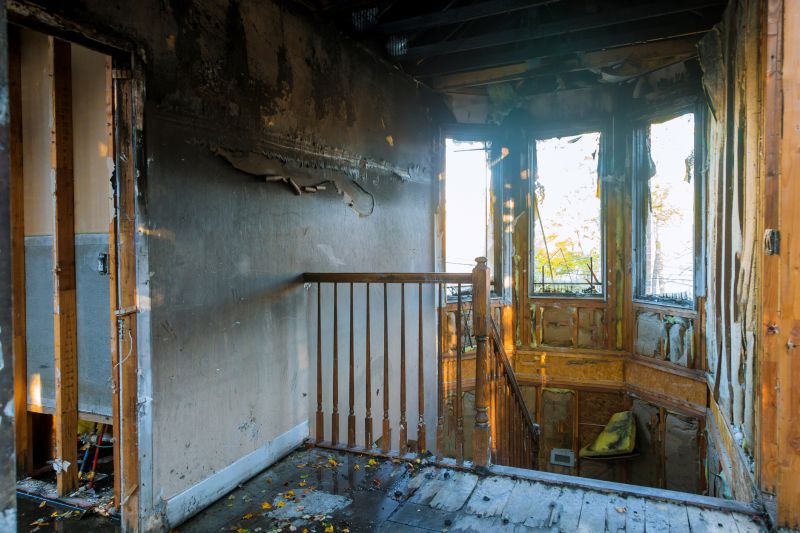
Finalized repairs and cleaning after fire damage.
Interested parties are encouraged to contact for more information on fire restoration services and scheduling options. Proper timing and preparation can ensure the most effective recovery from fire damage.
